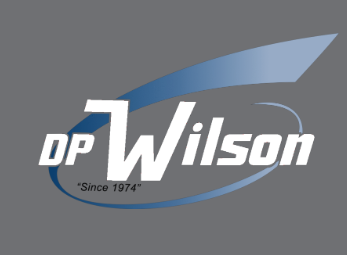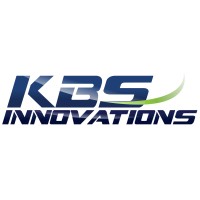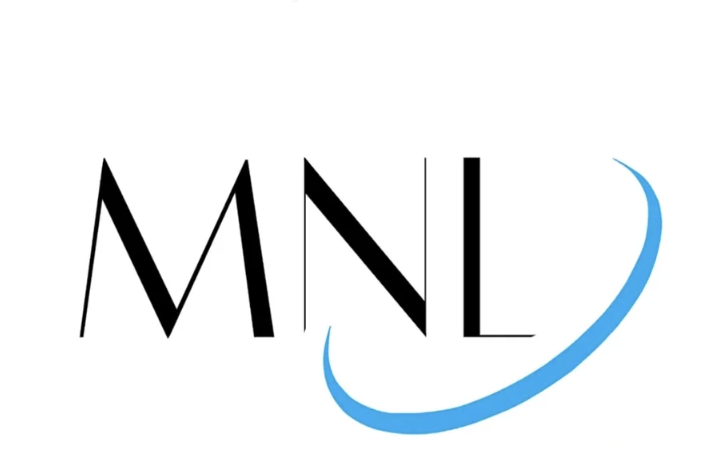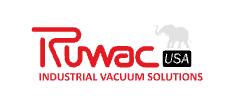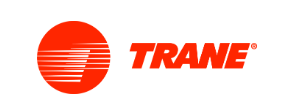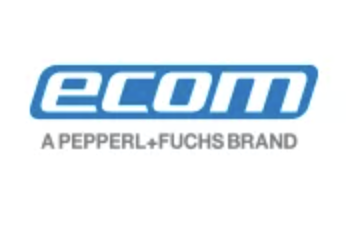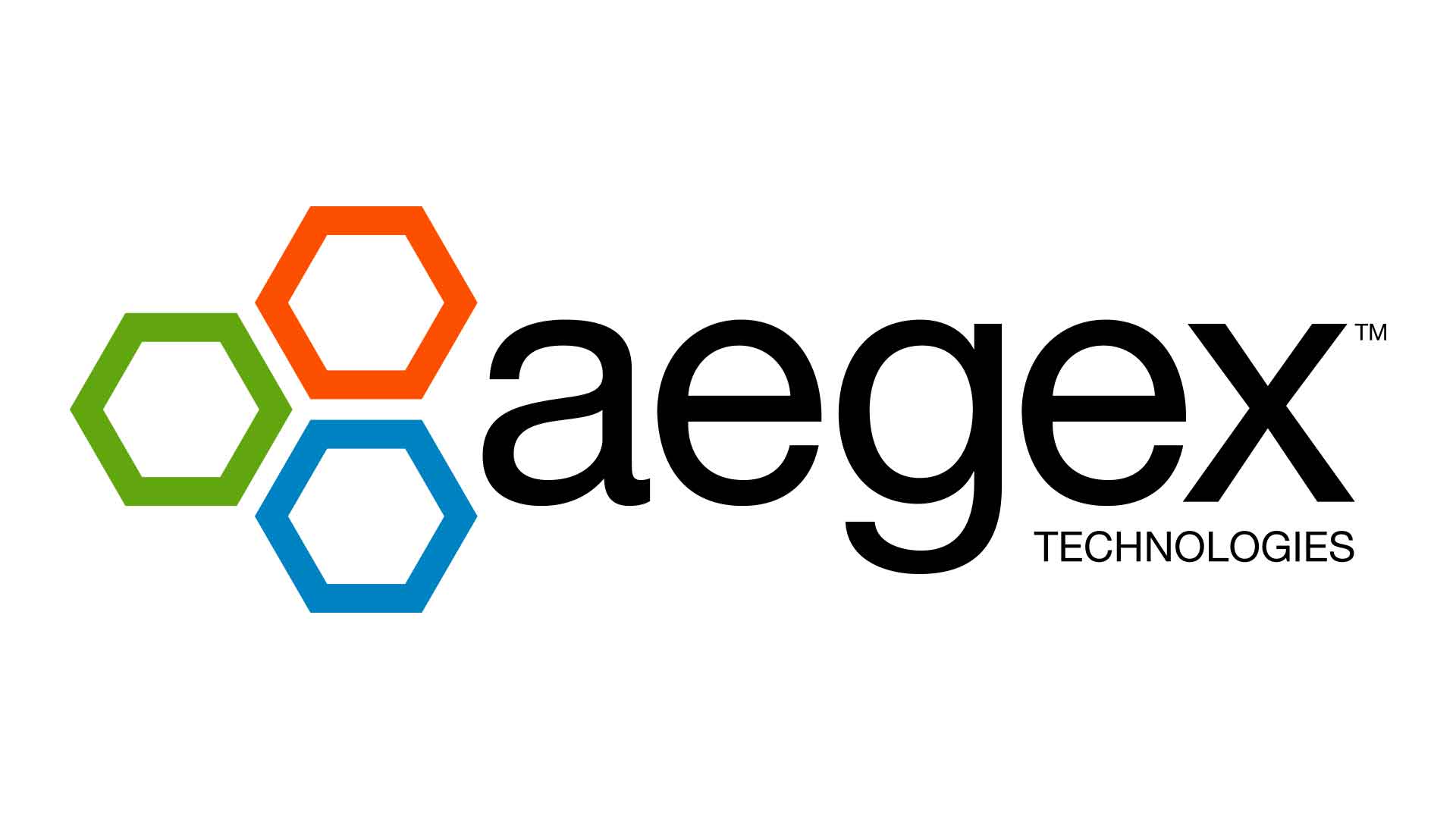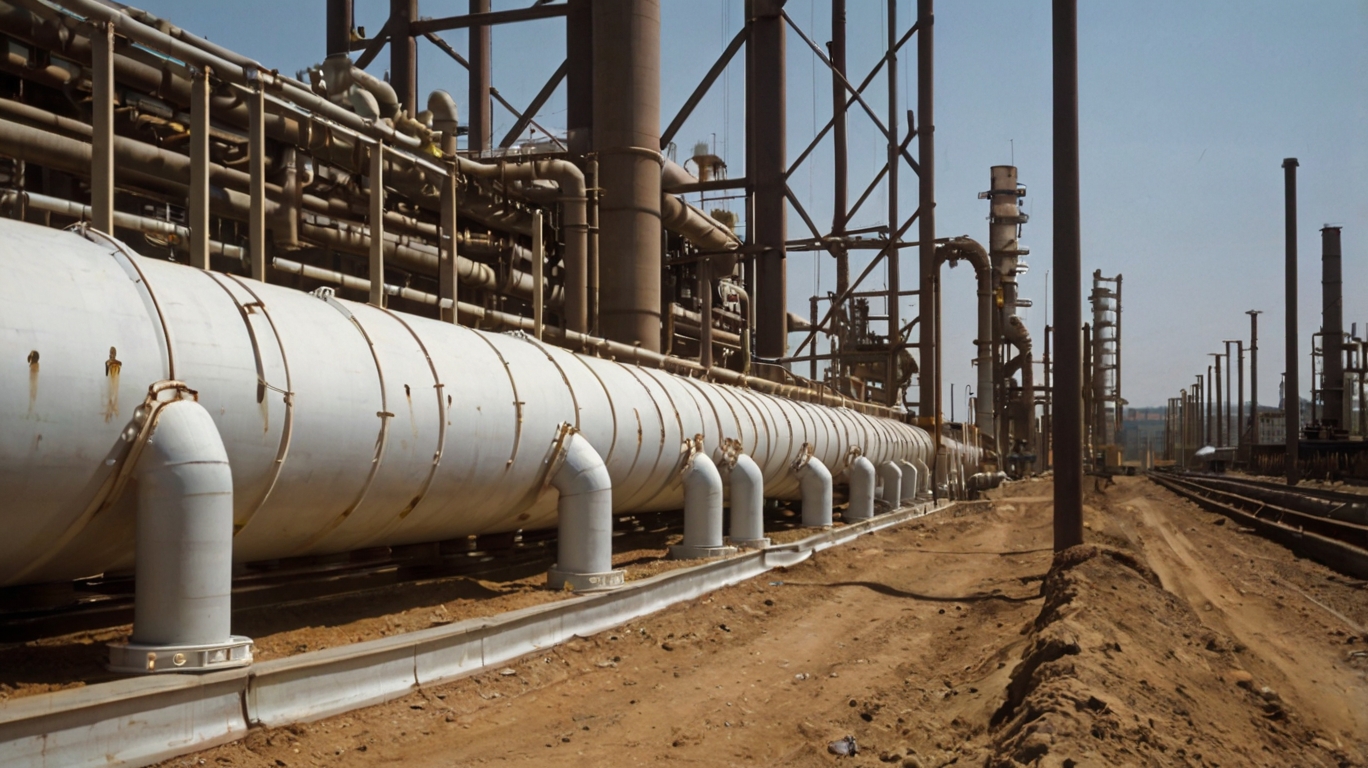
- ATEX certification ensures that equipment is safe for use in explosive atmospheres.
- It is a mandatory requirement in the European Union for devices used in hazardous areas.
- The certification consists of two directives: ATEX 2014/34/EU (for equipment) and ATEX 1999/92/EC (for workplaces).
- ATEX applies to industries such as oil & gas, chemical processing, mining, and pharmaceuticals where explosive gases, vapors, or dusts are present.
- ATEX-certified equipment must meet strict testing standards to prevent ignition sources in hazardous zones.
What is ATEX Certification?
ATEX Certification Meaning and Purpose
The term ATEX is derived from the French “Atmosphères Explosibles,” referring to explosive atmospheres. ATEX certification is a mandatory requirement for equipment used in hazardous locations within the European Union. It ensures that electrical and mechanical devices do not ignite explosive gases, vapors, or dust, preventing catastrophic accidents in industrial environments.
ATEX compliance is based on two European directives:
- ATEX 2014/34/EU – Covers equipment and protective systems intended for use in explosive atmospheres.
- ATEX 1999/92/EC – Focuses on workplace safety and employer responsibilities in hazardous environments.
If a device is ATEX-certified, it means it has been rigorously tested to ensure it does not pose an ignition risk when used in potentially explosive conditions.
Find ATEX-Certified Equipment for Your Workplace
Ensure your workplace complies with ATEX safety standards by choosing certified intrinsically safe equipment. Browse our selection at Intrinsically Safe Store to find ATEX-approved solutions designed for hazardous environments. Stay compliant. Stay safe. Shop now!
Why is ATEX Certification Important?
Ensuring Safety in Explosive Atmospheres
Hazardous workplaces—such as oil refineries, chemical plants, and mining operations—pose a high risk of explosions due to the presence of flammable gases, vapors, dust, or fibers. Without proper safety measures, electrical sparks, overheating, or static discharge can trigger devastating explosions.
ATEX certification is critical for:
- Worker Safety: Preventing accidents and injuries caused by explosions.
- Legal Compliance: Meeting EU regulations to avoid legal penalties.
- Operational Efficiency: Ensuring uninterrupted workflows in hazardous environments.
- Equipment Reliability: Guaranteeing that devices perform safely under extreme conditions.

ATEX Certification Standards & Compliance
Understanding ATEX Equipment Groups & Categories
ATEX certification classifies equipment into groups and categories based on the level of risk and the type of explosive atmosphere they are exposed to.
| Equipment Group | Category | Zone Classification | Application |
|---|---|---|---|
| Group I | M1 | Zone 0 | Mining equipment (continuous explosive atmosphere) |
| Group I | M2 | Zone 1 | Mining equipment (explosive atmosphere occasionally) |
| Group II | 1G / 1D | Zone 0 / Zone 20 | Gas or dust present continuously |
| Group II | 2G / 2D | Zone 1 / Zone 21 | Gas or dust present occasionally |
| Group II | 3G / 3D | Zone 2 / Zone 22 | Gas or dust present in rare conditions |
Understanding ATEX Zone Classifications
ATEX regulations divide hazardous areas into zones based on the frequency and duration of an explosive atmosphere.
Gas Environments (G):
- Zone 0: Explosive gas is continuously present.
- Zone 1: Explosive gas is likely to occur occasionally.
- Zone 2: Explosive gas is unlikely to occur or persists for a short time.
Dust Environments (D):
- Zone 20: Explosive dust is continuously present.
- Zone 21: Explosive dust is likely to occur occasionally.
- Zone 22: Explosive dust is unlikely to occur or persists for a short time.
To ensure compliance, ATEX-certified equipment is labeled with specific markings indicating its suitability for different zones.
How ATEX Certification Differs from IECEx and UL
ATEX vs. IECEx vs. UL: A Comparison
ATEX is not the only explosion-proof certification—other global standards exist to regulate hazardous area equipment.
| Certification | Region | Scope | Main Difference |
|---|---|---|---|
| ATEX | European Union | Equipment & workplace safety | Legally required in the EU |
| IECEx | International | Electrical equipment | Voluntary but globally recognized |
| UL | North America | Explosion-proof & intrinsically safe equipment | Mandatory in the U.S. & Canada |
Which Certification Do You Need?
- For businesses in the EU, ATEX certification is mandatory.
- For global trade, IECEx is widely accepted.
- For U.S. and Canadian markets, UL certification is required.
Understanding these differences is crucial for companies operating internationally or exporting safety equipment worldwide.
How to Get ATEX Certification for Your Equipment
Step-by-Step Process
- Determine ATEX Classification – Identify the zone, gas/dust category, and ignition risk level.
- Design Equipment for ATEX Compliance – Limit electrical energy, prevent sparks, and use explosion-proof enclosures.
- Conduct ATEX Testing – Submit the device to notified bodies (e.g., TÜV, DNV, SGS) for compliance testing.
- Obtain ATEX Certification & CE Marking – Certified devices receive ATEX markings and CE compliance labels.
- Maintain Compliance – Conduct regular inspections to ensure continued safety performance.
Companies must work with ATEX-certified testing laboratories to meet strict regulatory requirements.
Industries That Require ATEX-Certified Equipment
ATEX certification is essential in any industry where flammable gases, vapors, dust, or fibers can create an explosive atmosphere.
- Oil & Gas: Offshore rigs, refineries, and gas pipelines.
- Chemical Processing: Factories handling volatile chemicals.
- Mining: Underground operations with methane risks.
- Pharmaceuticals: Drug manufacturing plants with combustible dust.
- Food Processing: Facilities handling grain, flour, or sugar dust.
FAQs About ATEX Certification
1. What does ATEX stand for?
ATEX stands for “Atmosphères Explosibles,” referring to equipment safety in explosive atmospheres.
2. Is ATEX certification mandatory?
Yes, ATEX is legally required for equipment used in hazardous locations within the European Union.
3. How can I tell if a device is ATEX-certified?
Look for ATEX markings on the label, including the zone rating, equipment group, and explosion protection level.
4. Can ATEX-certified equipment be used worldwide?
Not necessarily. ATEX is valid in the EU, but other regions require IECEx or UL certification for compliance.
5. How long does ATEX certification last?
ATEX certification remains valid as long as the equipment maintains compliance. Regular safety inspections are required.






